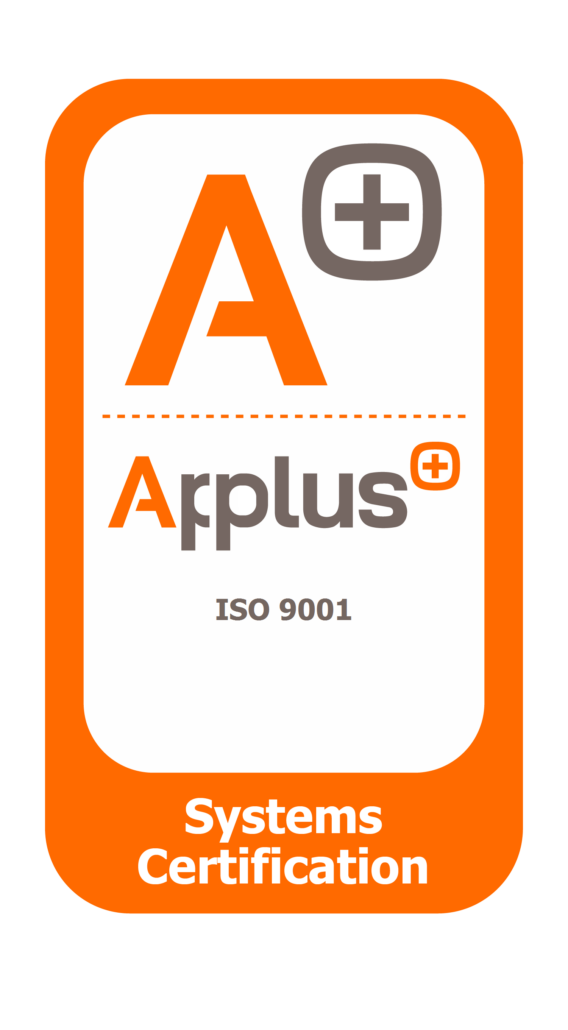Introduction to Smart Product Development
Smart Product Development is at the heart of modern innovation in the Internet of Things (IoT) era. The process of transforming traditional devices into connected, intelligent products involves more than just adding sensors. It requires a seamless journey from hardware design to cloud platform integration, where data can be collected, visualized, and acted upon.
Businesses across industries are embracing this transformation to offer better customer experiences, improve operational efficiency, and create new revenue models. As demand for smart, data-enabled products increases, understanding the full development pipeline becomes essential.
Why Smart Products Are Driving the Future
Smart products offer real-time feedback, automation, and deeper user engagement. They’re no longer optional—they’re expected. Companies that develop connected products gain a competitive edge by offering:
- Predictive maintenance and remote diagnostics
- Usage-based billing or subscription models
- Custom dashboards for users and stakeholders
- Access to real-time analytics and KPIs
The potential extends across manufacturing, healthcare, mobility, and consumer electronics. With proper planning, smart product development enables scalable, sustainable growth.
Designing the PCB: The Foundation of Smart Devices
The first step in Smart Product Development is building the hardware. Printed circuit boards (PCBs) act as the control hub for all electronic and communication components.
Key Elements in PCB Design
Designing an IoT-ready PCB requires attention to:
- Power management for long battery life
- Sensor integration to capture environmental or user data
- Connectivity modules like Wi-Fi, LoRaWAN, or Bluetooth
- Regulatory compliance for safety and electromagnetic standards
A solid hardware foundation ensures that the device will function reliably in real-world environments and support long-term scaling.
Establishing Connectivity: Linking Devices to the Internet
Once the PCB is ready, the next step is connecting it to the cloud. Communication modules allow devices to transmit data for storage, processing, and visualization.
Selecting the Right Protocol
Different use cases demand different connectivity solutions:
- Wi-Fi or Ethernet for high-speed data and short-range
- Cellular (NB-IoT, LTE-M) for remote field operations
- LoRa/LoRaWAN for long-range, low-power deployments
- BLE for close-range, mobile-enabled interactions
The right choice depends on the product’s environment, required data rate, and energy constraints.
Smart Product Development and IoT Platforms
Once connected, devices must interface with a platform that collects, interprets, and acts on the incoming data. This is where cloud-based IoT platforms come into play.
What an IoT Platform Provides
A robust IoT platform supports:
- Secure device onboarding
- Real-time dashboards and analytics
- Alerts, triggers, and automation
- Scalability for thousands of connected units
At thethings.iO, for example, we enable companies to connect over a million devices while offering fully customized dashboards under their own brand. Such platforms allow businesses to launch smart products quickly without building everything from scratch.
Customization and Ease of Use
Most modern platforms offer white-labeling, REST APIs, and low-code tools that enable developers and product teams to create tailored experiences for users and operators. These tools reduce development time and simplify integration with existing business systems.
Applications Across Industries
Smart Product Development is driving innovation in several key sectors:
- Industry 4.0: Machines report status, predict failures, and improve uptime
- Smart Cities: Devices manage lighting, waste collection, and air quality
- Healthcare: Remote monitoring devices support patient care
- Consumer Electronics: Smart home and wearable devices enhance daily life
Each of these applications relies on the core principle of connecting hardware to a platform that enables action.
Challenges and Best Practices
Developing a smart product involves unique challenges:
- Hardware/software integration can be complex
- Security is critical to prevent data breaches
- Interoperability between systems must be ensured
- Scalability requires flexible infrastructure
Best practices include modular design, clear firmware update strategies, and leveraging existing platforms to reduce time-to-market.
Conclusion: Building for the Connected Future
Smart Product Development is more than a trend—it’s the new standard for innovation. By understanding how to move from PCB design to IoT platform integration, companies can create intelligent products that deliver value beyond the physical object.
Whether you’re building smart sensors, machines, or wearables, combining strong hardware with a scalable cloud platform—like what we offer at thethings.iO—enables real-time insights, automation, and sustainable business models.
The future belongs to products that listen, learn, and respond.


